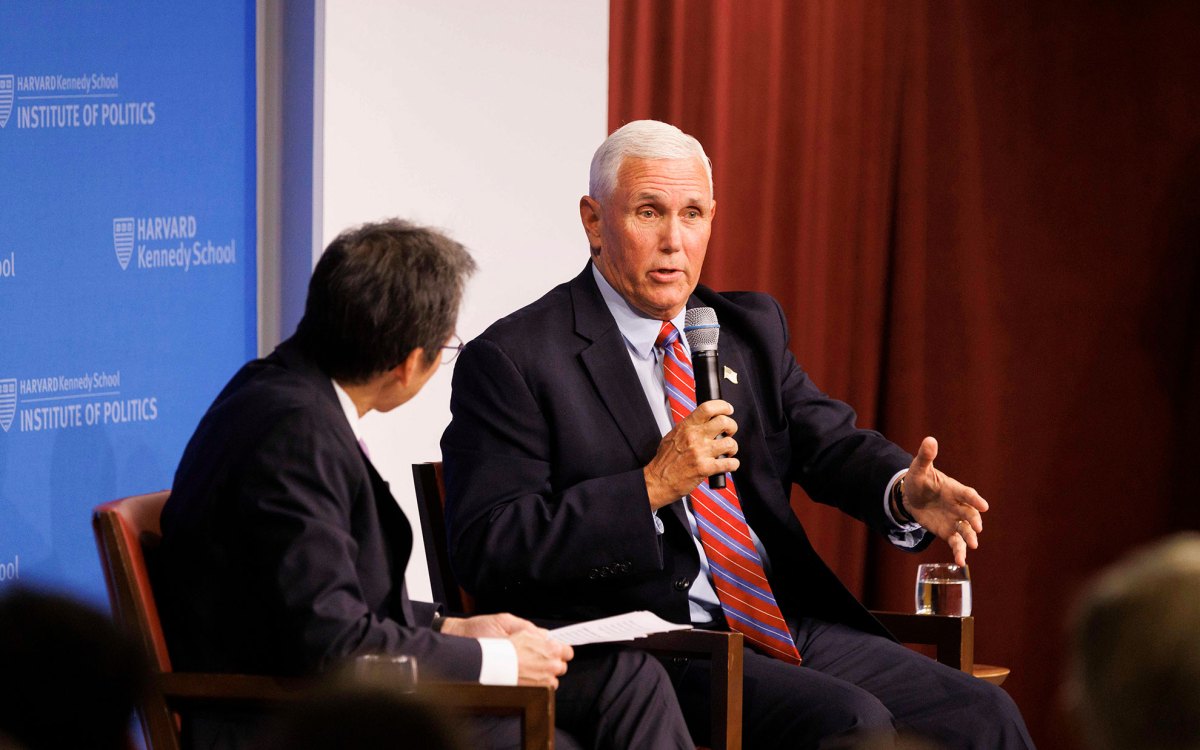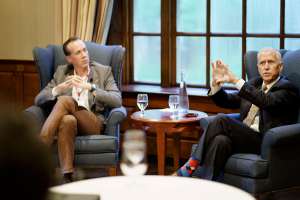Arts & Culture
-
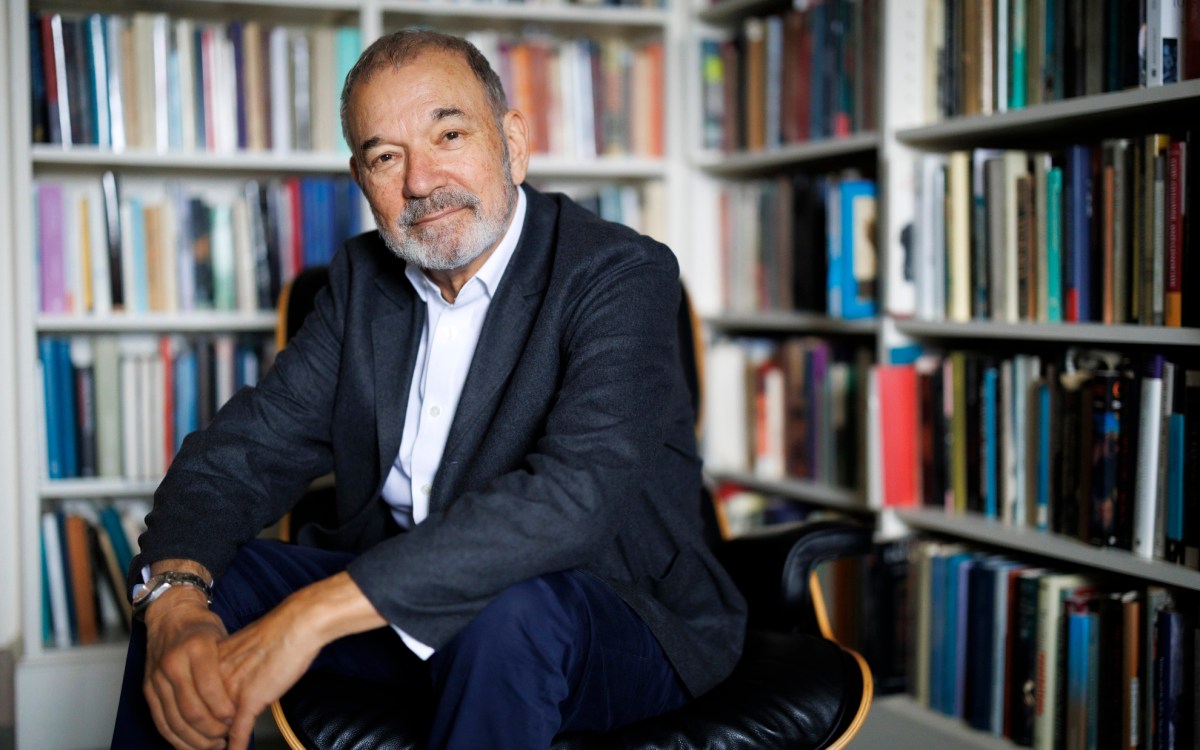
Live fast, die young, inspire Shakespeare
Stephen Greenblatt finds a tragic strain in the life and work of Christopher Marlowe
-
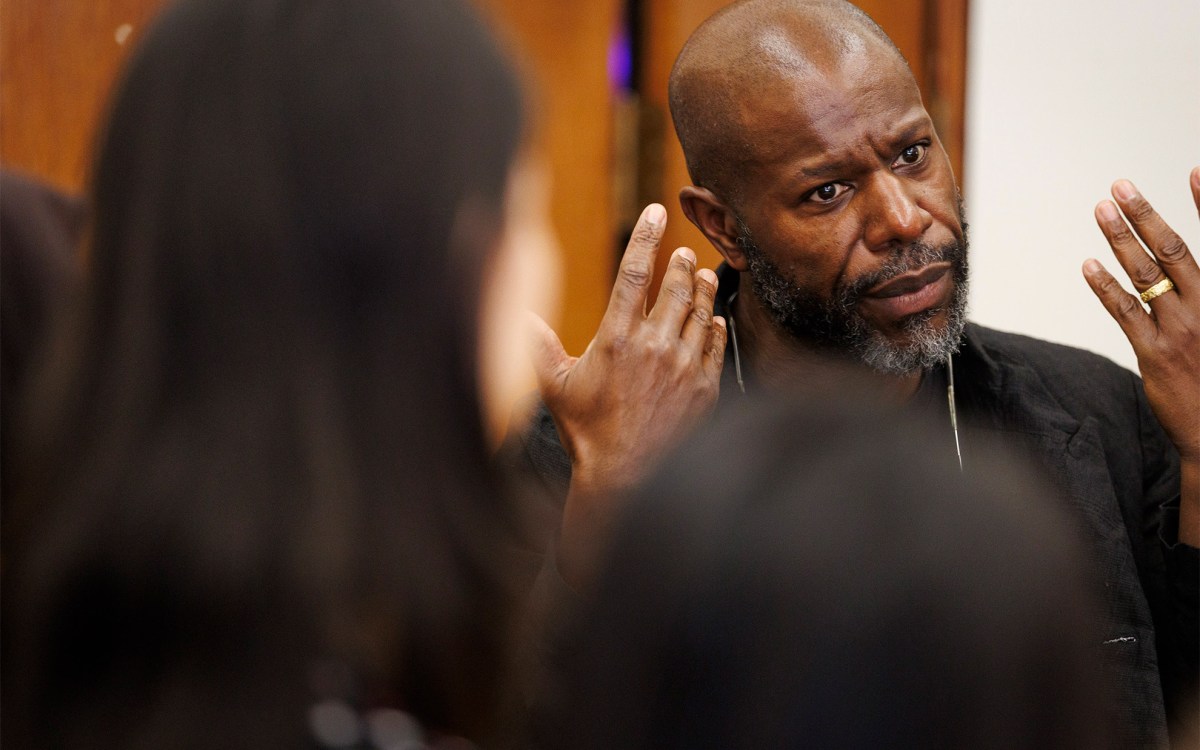
Steve McQueen could lecture you, but he’s got other plans
‘I think the audience needs more, and I feel I need to give more,’ says award-winning filmmaker — presenter of this year’s Norton talks
-

Marking 100 years of Norton Lectures
Panelists reflect on ‘incredible value’ of annual series as ‘megaphone’ for artists and scholars
-
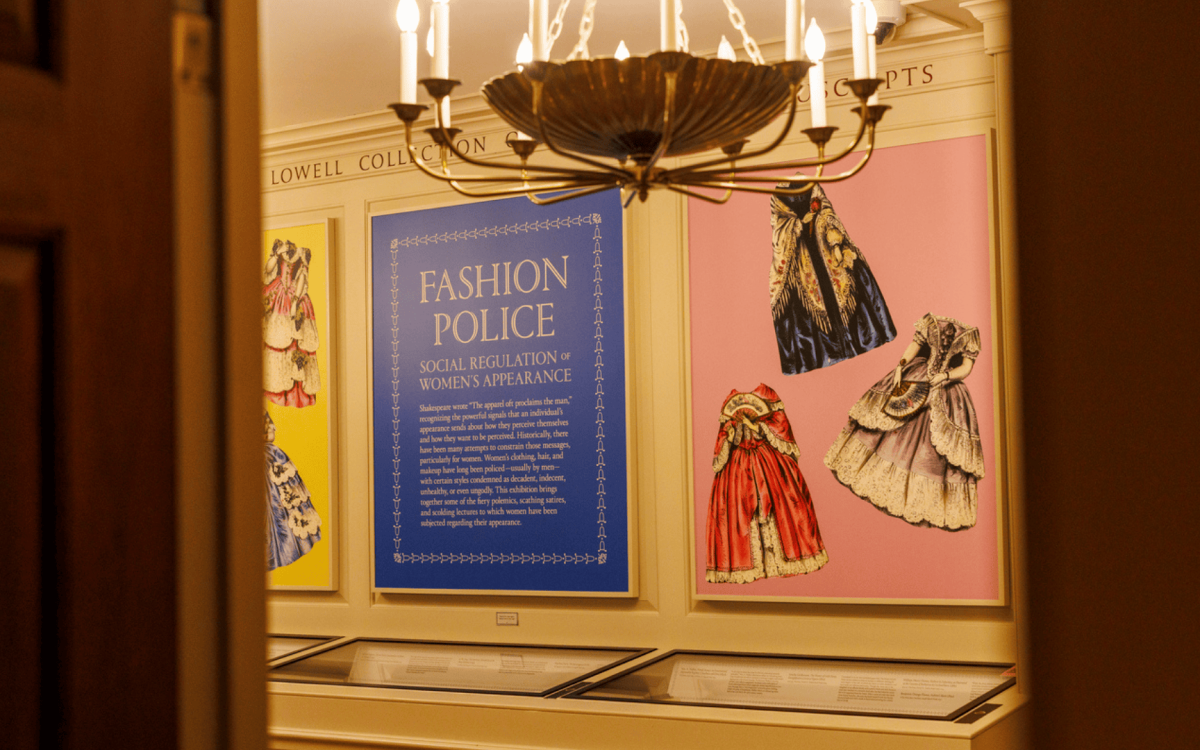
How fashion police have been walking beat for centuries
Houghton Library exhibit highlights the policing of women’s fashion since the 17th century.
-

Seeing what you see
New faculty Cécile Fromont is a visual problem solver
-
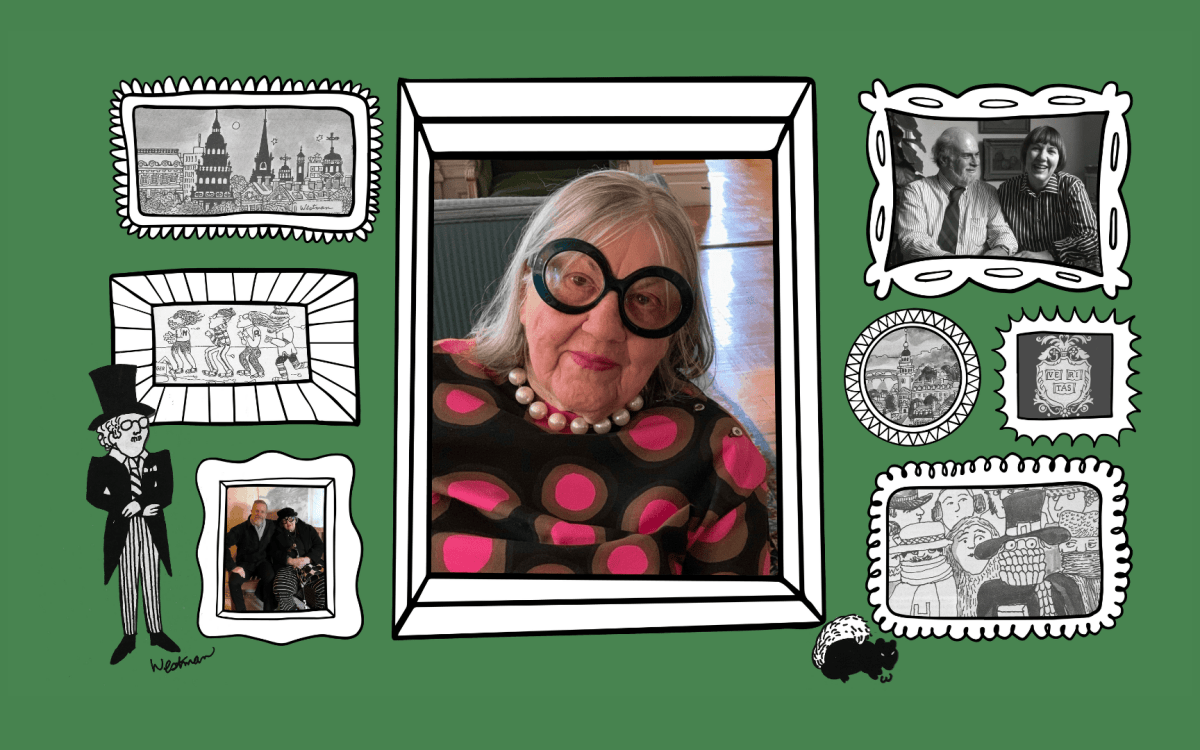
Her Cambridge iconography made her a local icon
Before New Yorker covers, Barbara Westman created colorful visions of campus as Gazette’s first staff artist
-
In painting others, Black artists discover a picture of self-care
Harvard’s Ed Portal uses art to kick off a conversation about self-care for people of color.
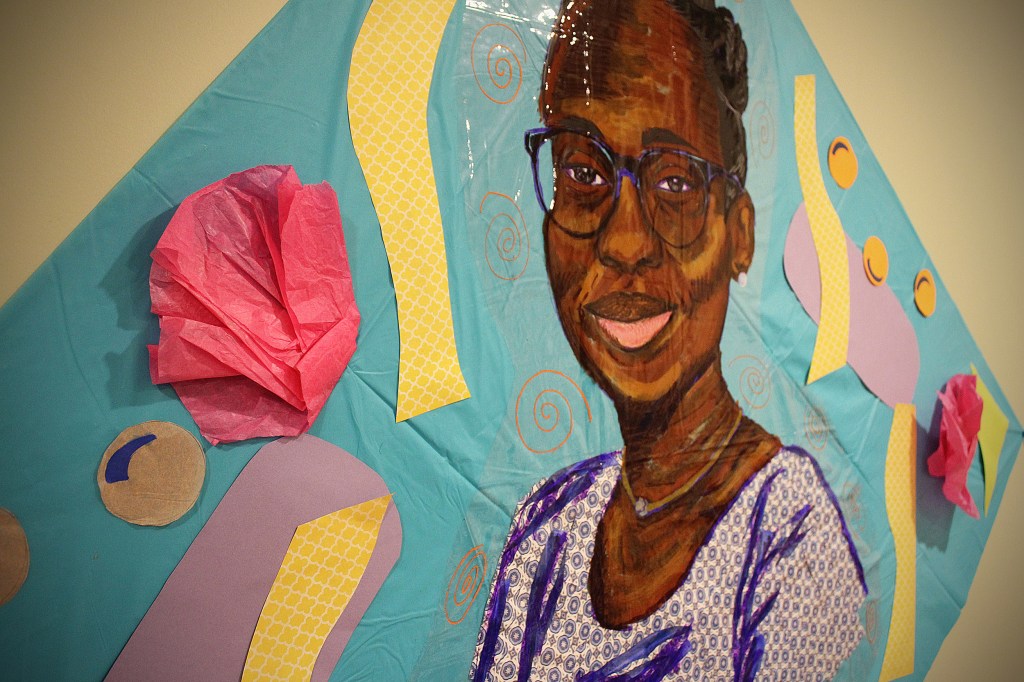
-
Charting a path for the Silkroad
Rhiannon Giddens reflects on her new role as the Silkroad’s artistic director, and where she sees taking the ensemble in future.
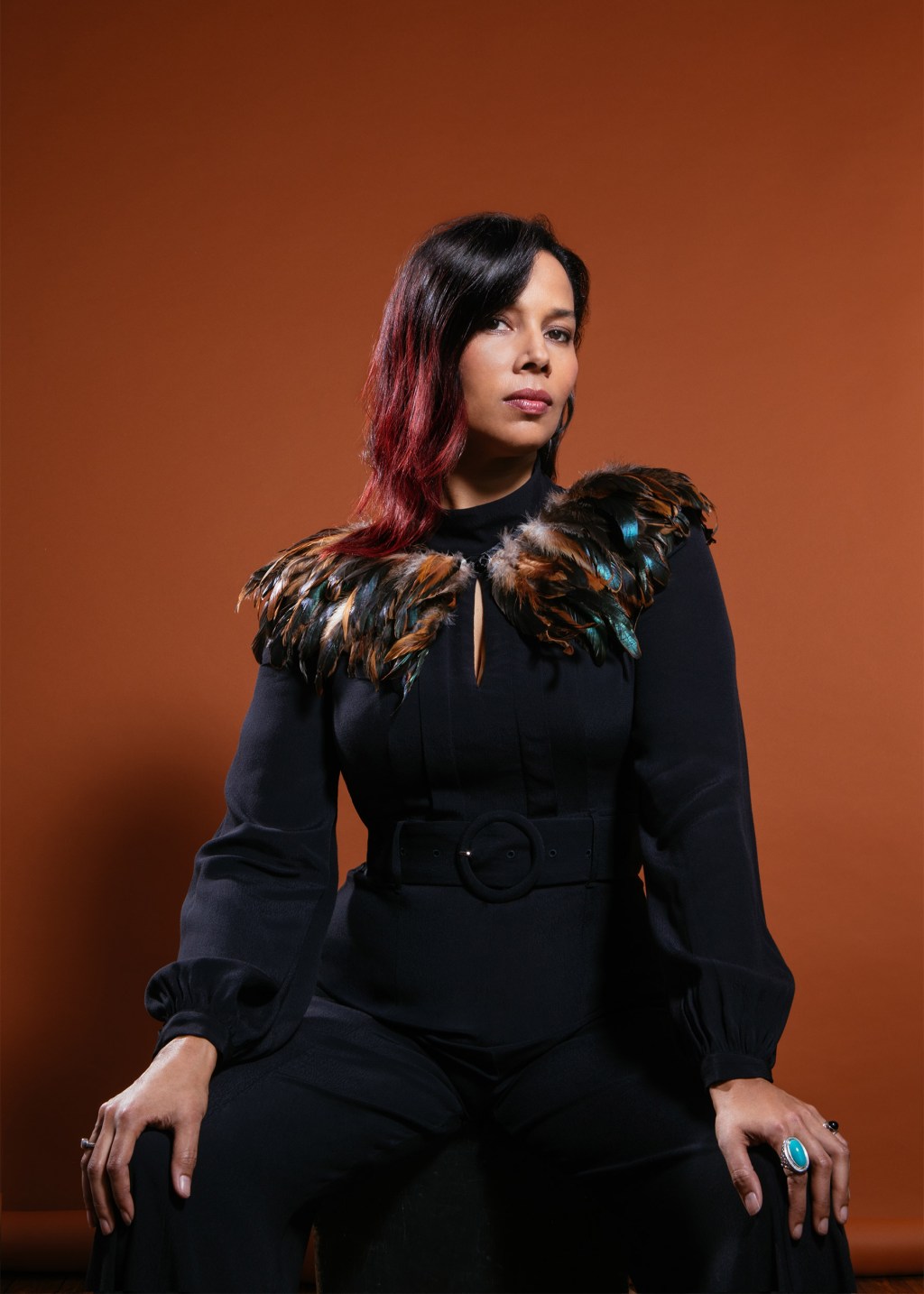
-
The center of the world
Gwen Thompkins celebrates the music of her home state every week on her comprehensive and joyful radio show.
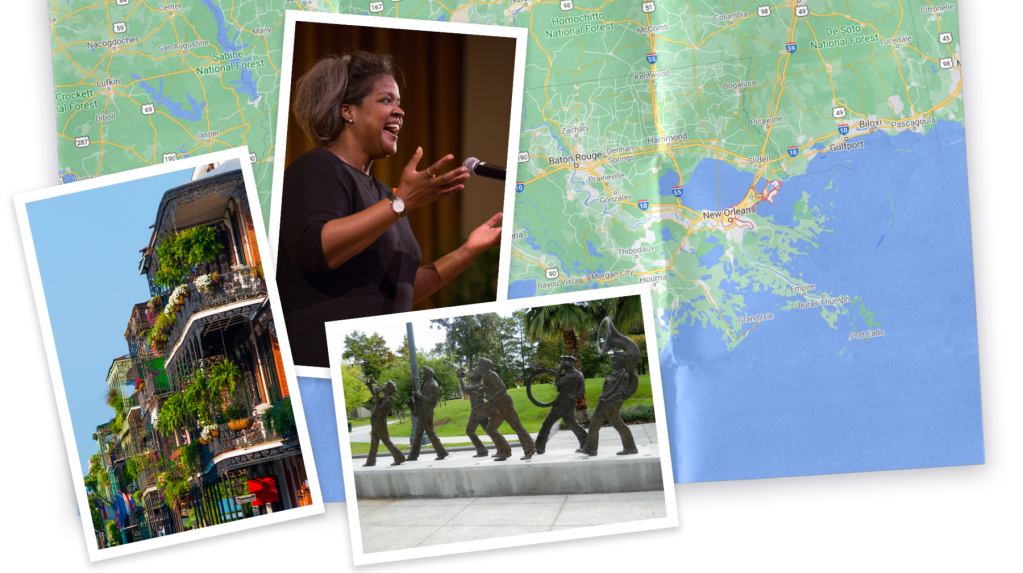
-
A classic play, a modern tragedy
On Oct. 2, the Theater of War will mount a digital performance of “Antigone in Ferguson,” sponsored by Harvard’s departments of Theater, Dance & Media and the Classics.
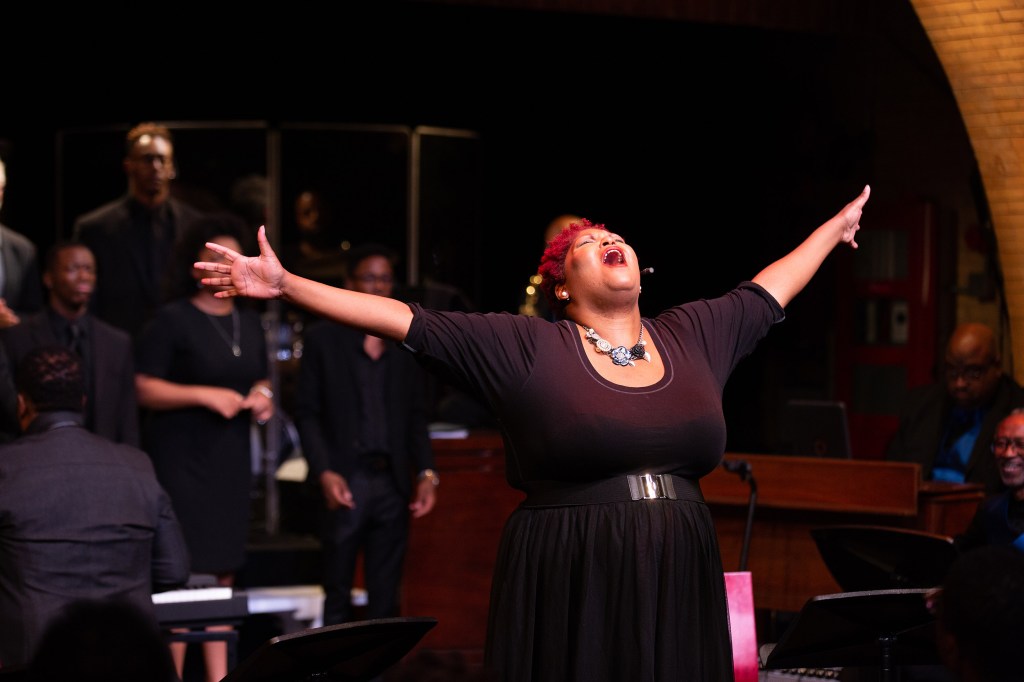
-
Befriending ‘Clarissa’ during lockdown
With time flattened by quarantine, Professor Deidre Lynch proposed a reading group with her friend Yoon Sun Lee ’87, an English professor at Wellesley College. “Clarissa” was their choice — all 1,500 pages — and the readers soon followed.
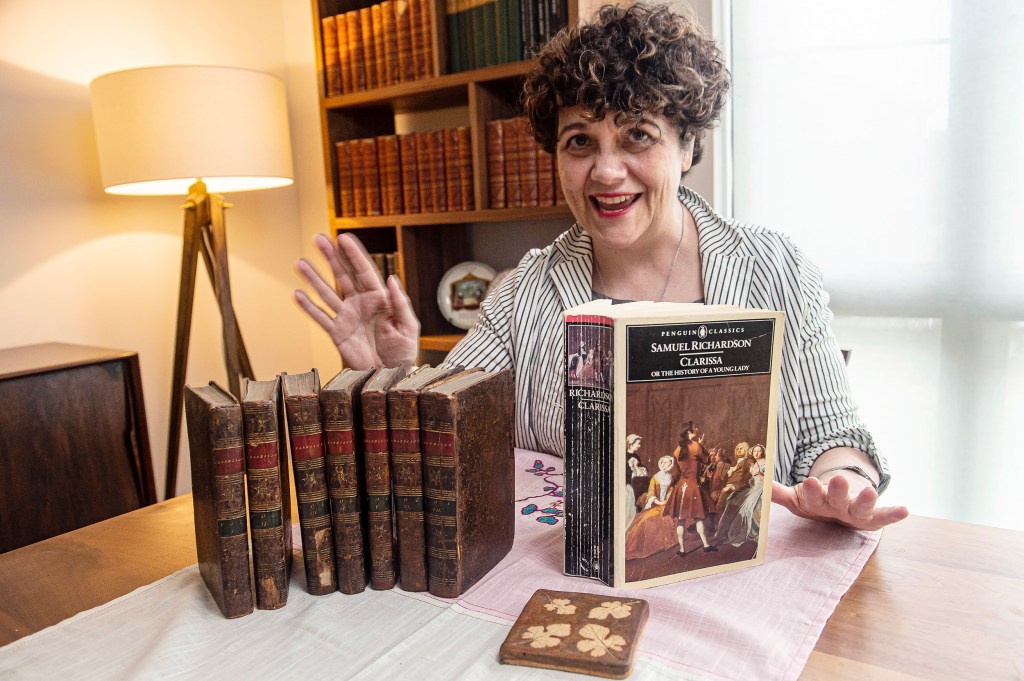
-
A divine cosmos
Madeleine Klebanoff-O’Brien ’22 used her fellowship at Houghton Library to focus on Dante Alighieri’s “Divine Comedy,” creating a fully image-based research product.

-
Jameela Jamil is in a good place
Actress and activist Jameela Jamil talks cancel culture, fatphobia, and diversity in Hollywood in a discussion with Harvard students.

-
Portrait of the documentarian as a young man
“A New England Document” by Che R. Applewhaite ’21 profiles Lorna and Lawrence Marshall and details their extended expeditions with their children to Africa’s Kalahari Desert starting in the 1950s.
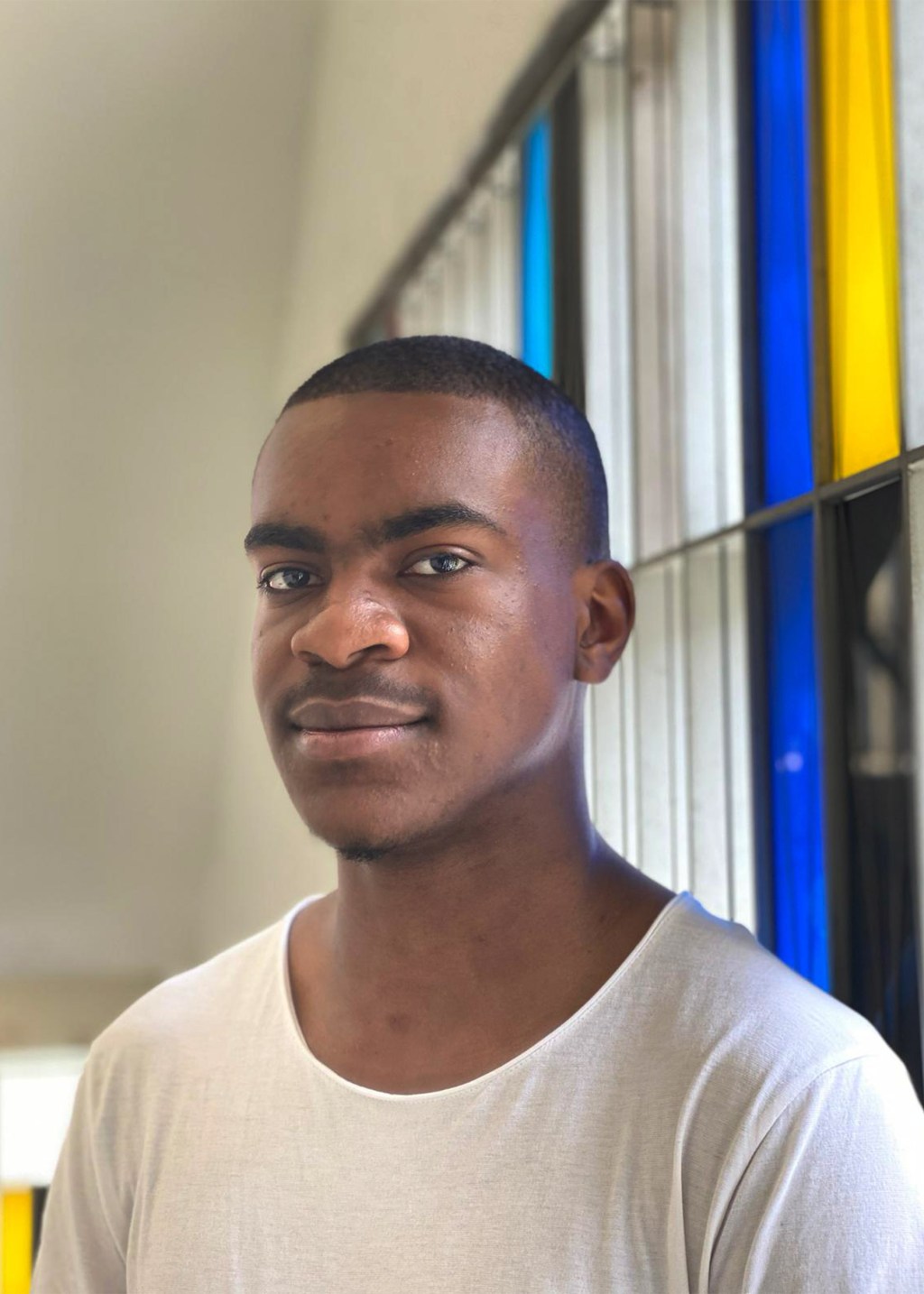
-
In translation, he found his raison d’être
Thomas Piketty translator Arthur Goldhammer talks about his circuitous route to success in a field he never studied.
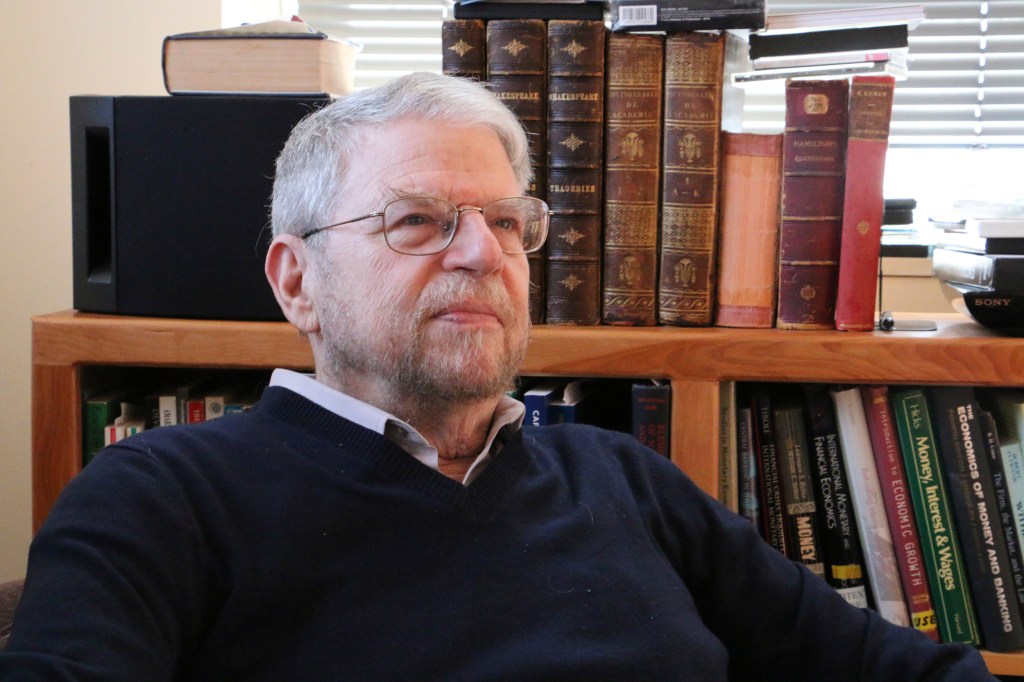
-
The long march for suffrage
Radcliffe dean and library director shed light on some of the historical issues framing the “Long 19th Amendment Project.”
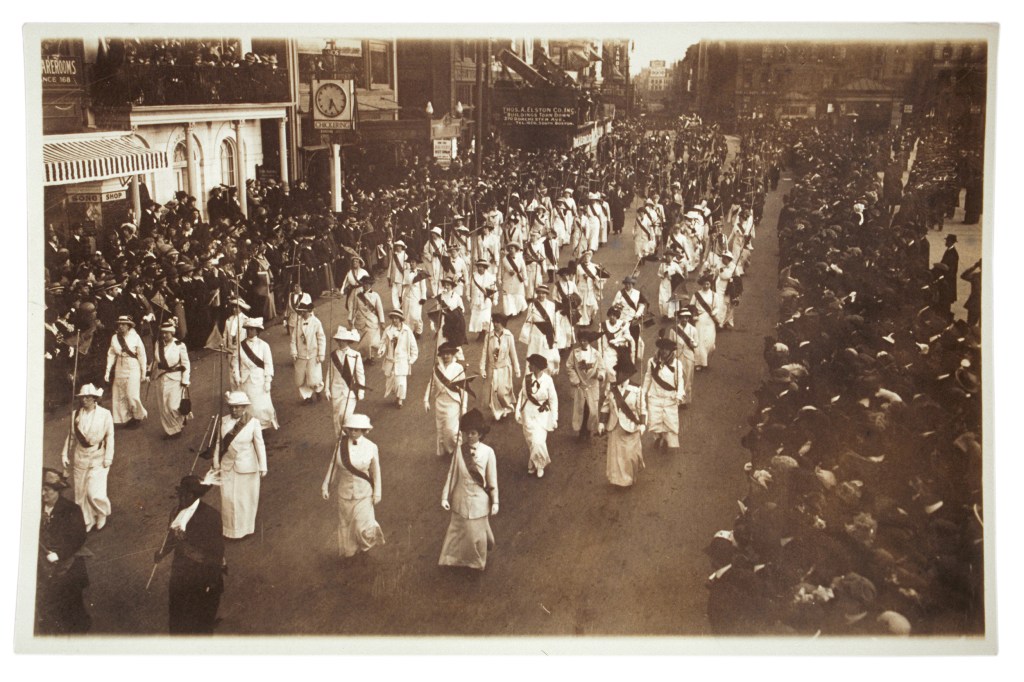
-
His hobby? Making award-winning documentaries
Harvard AV technician Rudy Hypolite spent two years following five young Boston men around with digital cameras to make his documentary “This Ain’t Normal.”

-
Art for a cause
Graduate School of Design students auction works to advance social justice.

-
This year, a single digitization focus at Houghton
For the 2020‒21 academic year, Houghton will pause all digital projects to focus solely on building a digital collection related to Black American history, building a collection called “Slavery, Abolition, Emancipation, and Freedom.”
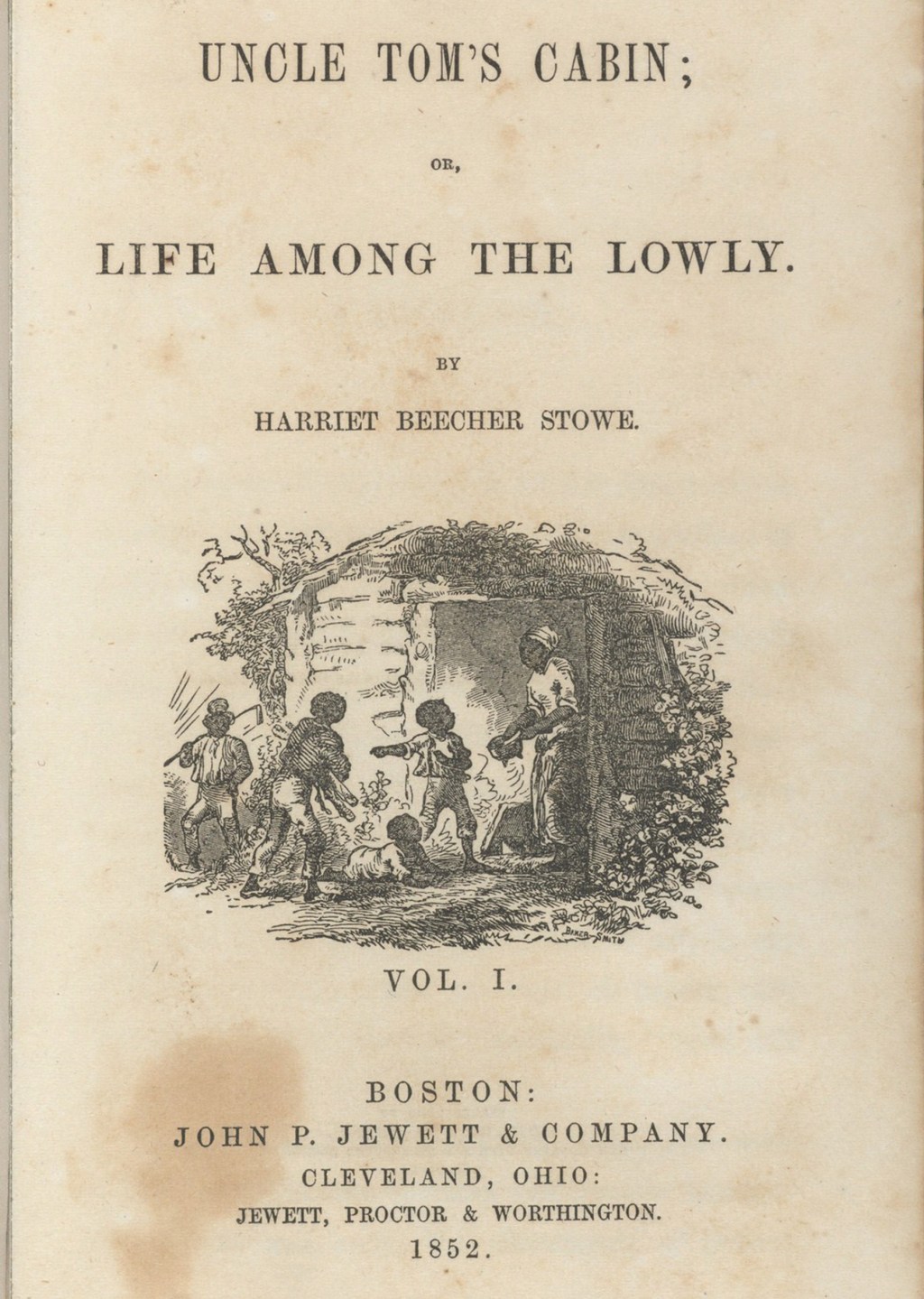
-
Teaching children to be antiracist
Ibram X. Kendi discusses his new book, how to start conversations about racism with children and with adults, and how to dismantle racist policies.
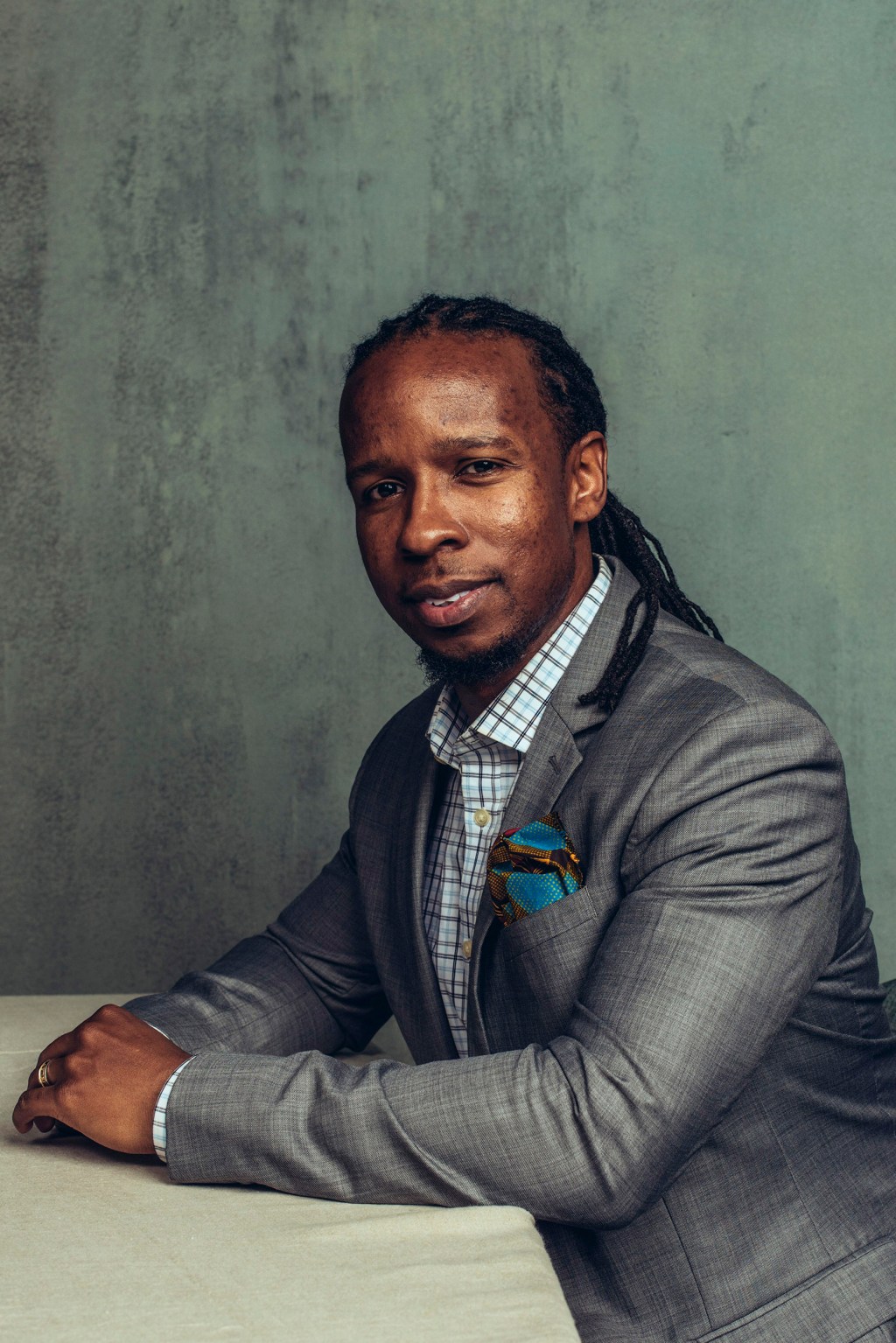
-
Protesting police violence, a playlist
Decades before cellphone video and social media demanded Americans witness police brutality, hip-hop turned a bright light on all of it, and more.
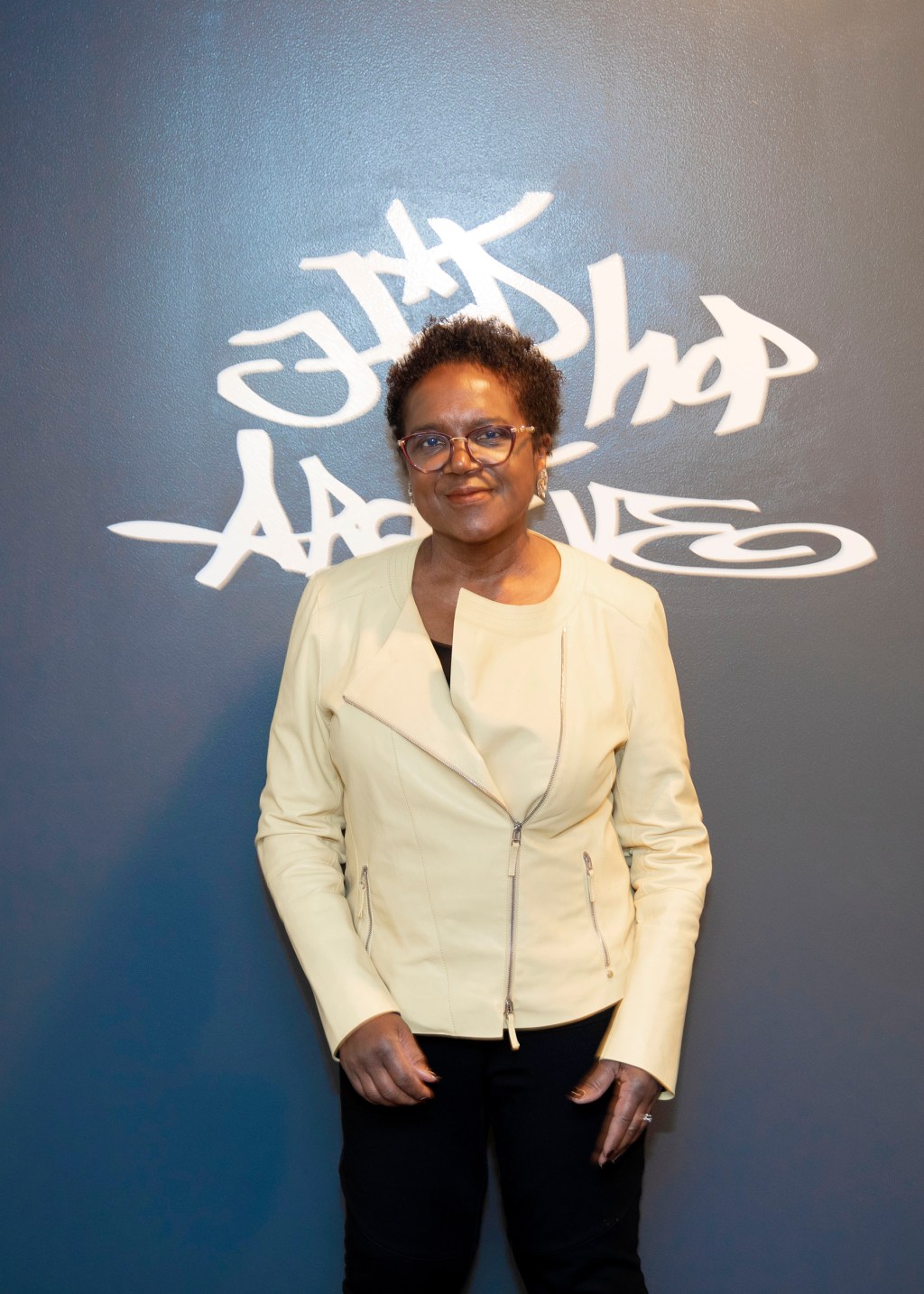
-
Snow White and the darkness within us
Harvard Professor Maria Tatar collected versions of the tale of Snow White from around the world and explains how they give us a way to think about what we prefer not to.
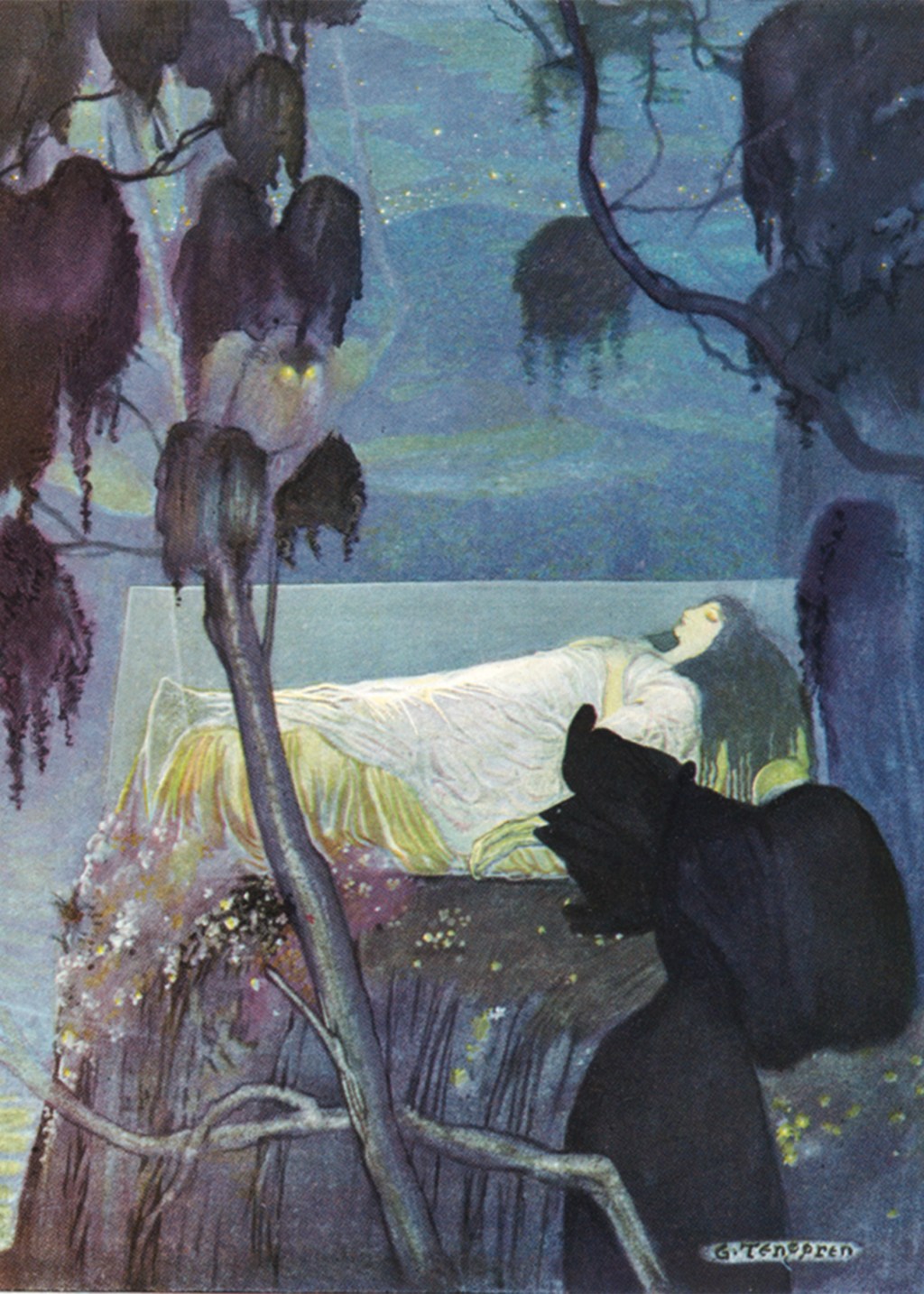
-
Fighting bigotry with art
The Wave started as a pan-Asian literary and arts magazine, but its mission changed with the rise of racism and xenophobia after pandemic.

-
‘Two Poets and a River’: Worlds of love in the Wakhan Valley
Ethnomusicologist Richard Wolf has been contemplating the rupture between two countries in his a film about poet-singers in Tajikistan and in Afghanistan.
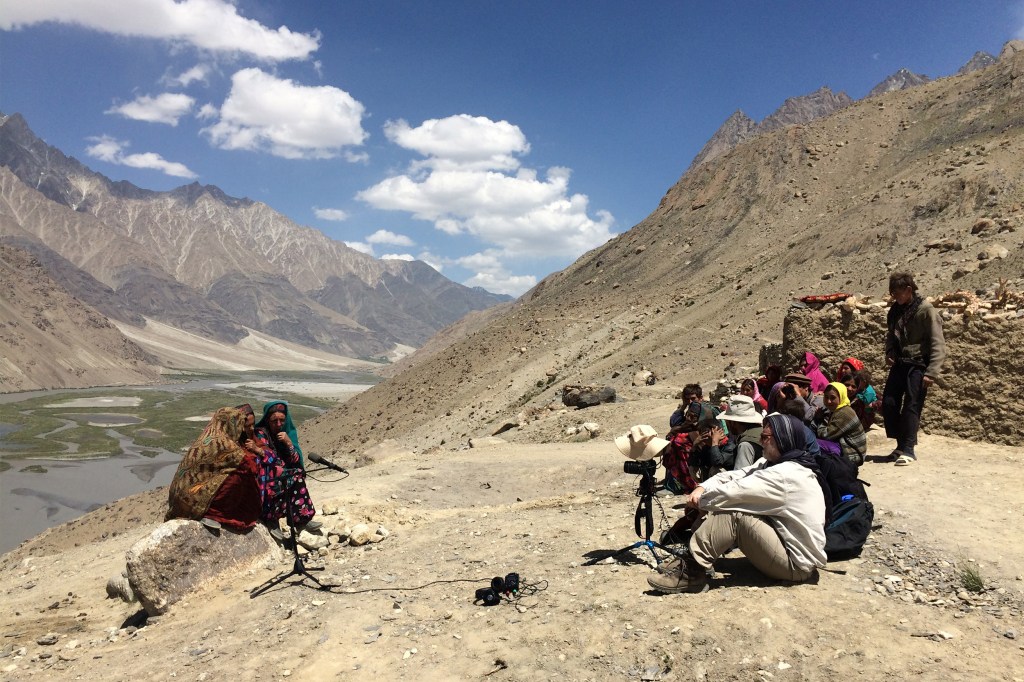
-
Preserving the future
Collaborative problem-solving has been key to the success of Harvard’s Weissman Preservation Center, which is celebrating its 20th anniversary.
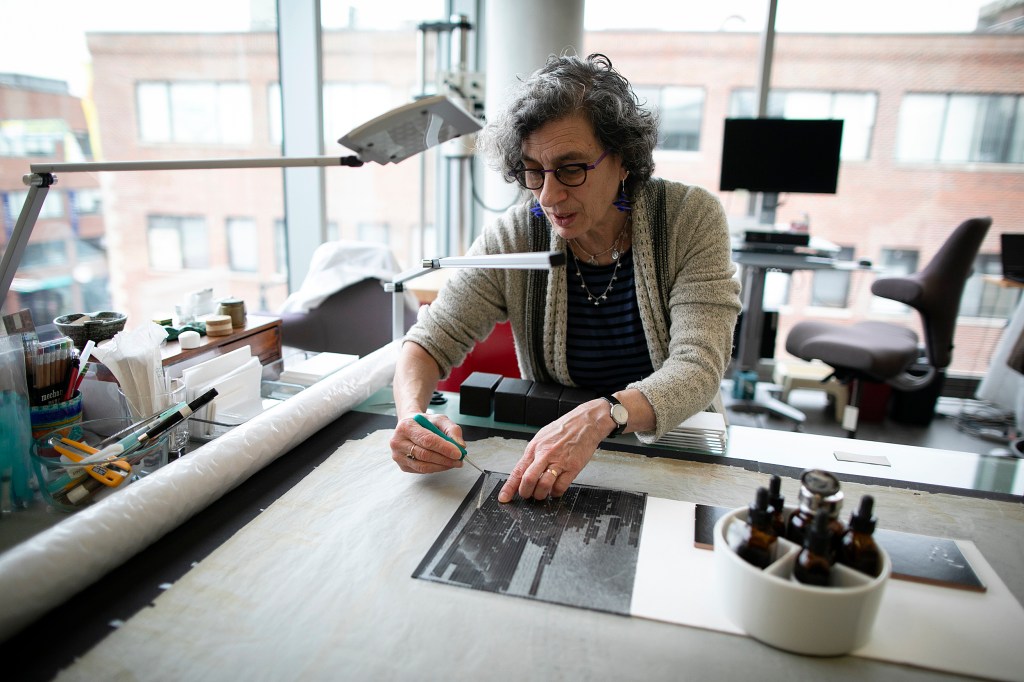
-
Tracking down a murderer
Harvard historian Jill Lepore takes on the history of knowledge with her new podcast “The Last Archive.”
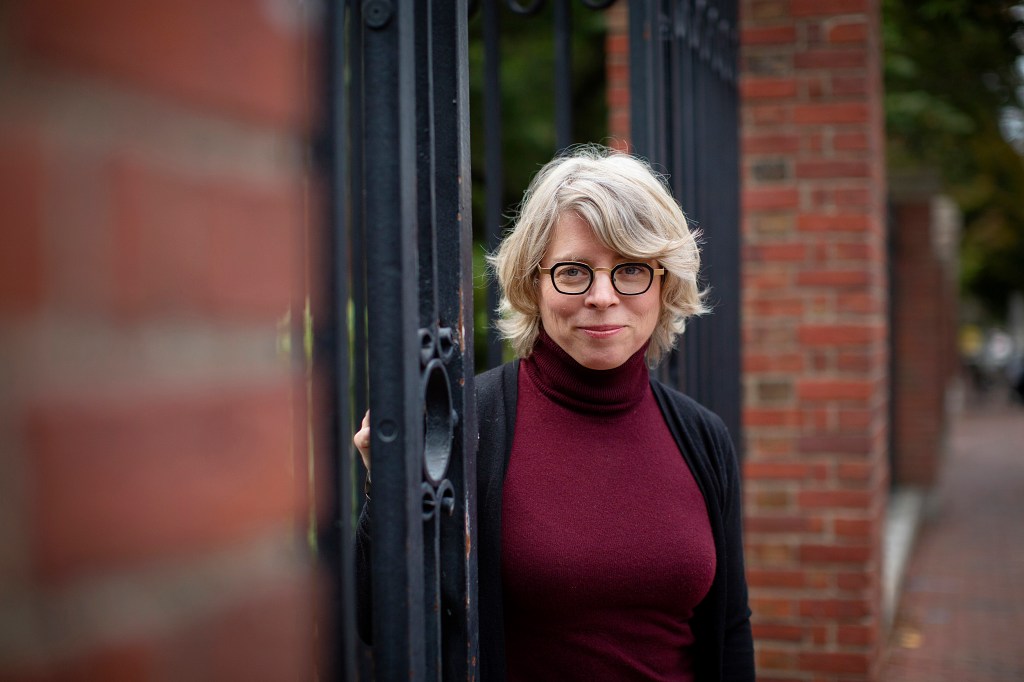
-
‘Gathering Historias’ at the Arboretum
Harvard Divinity School student Steven Salido Fisher’s project, “Gathering Historias,” is documenting Hispanic community’s experiences with nature including the historic green space of the Arnold Arboretum of Harvard University.
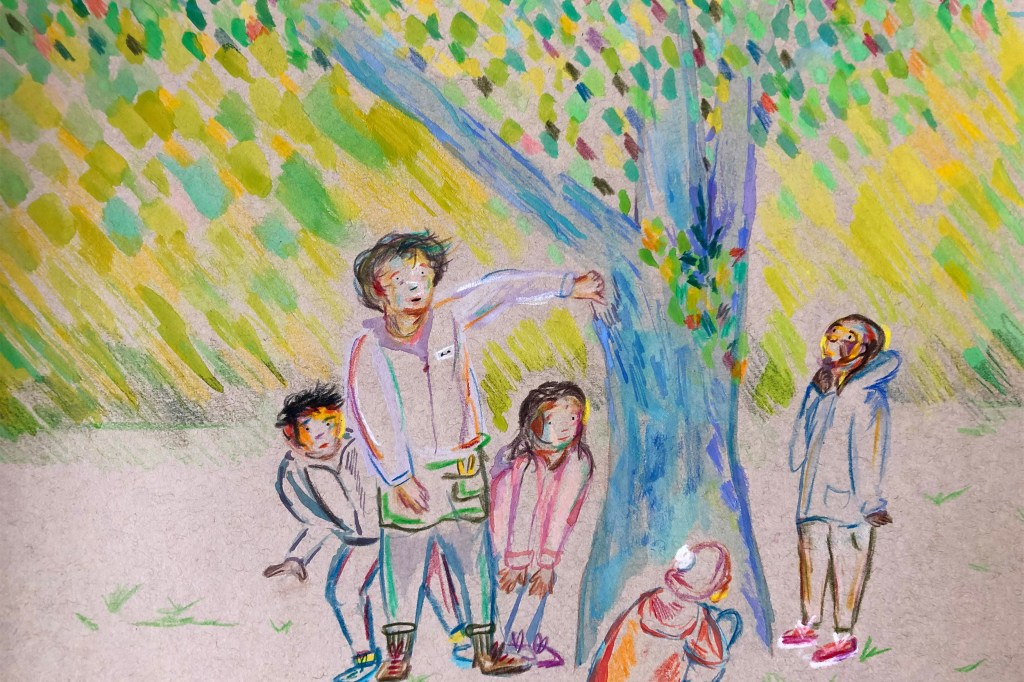
-
Though museums are closed, the work continues
Since Harvard’s museums went online, staffs have tackled the enormous task of updating, adding, and editing data for millions of items housed in University collections.
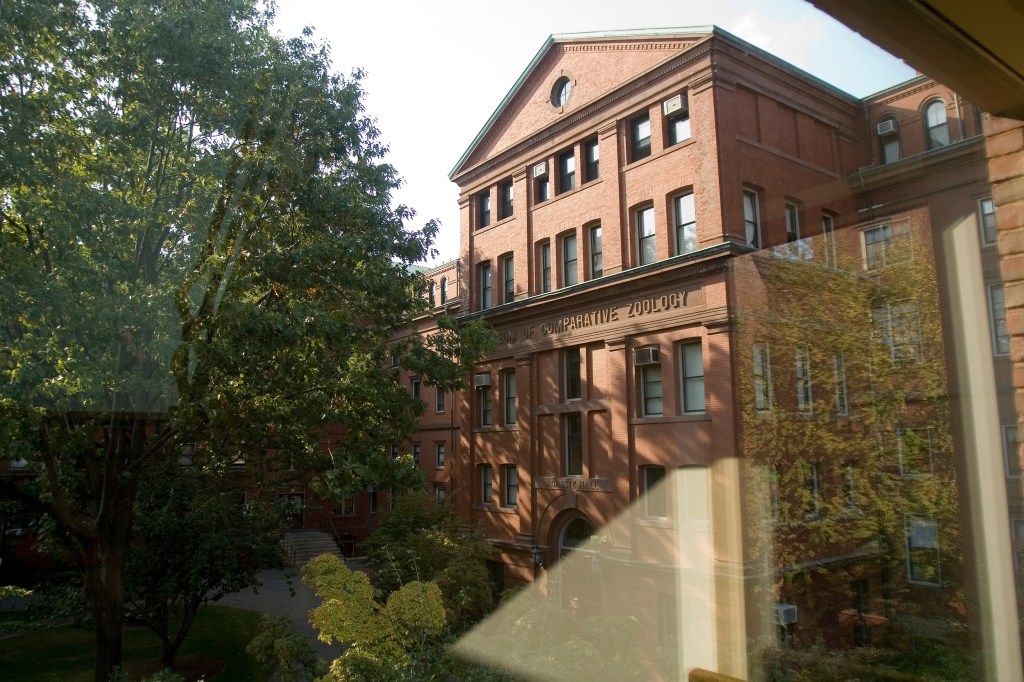
-
Picking at the seams of Western hand-me-downs in Africa
Joana Choumali, a Côte d’Ivoire-based artist noted for her work embroidering directly on photographs, has been named the Peabody’s 2020 Robert Gardner Fellow in Photography.
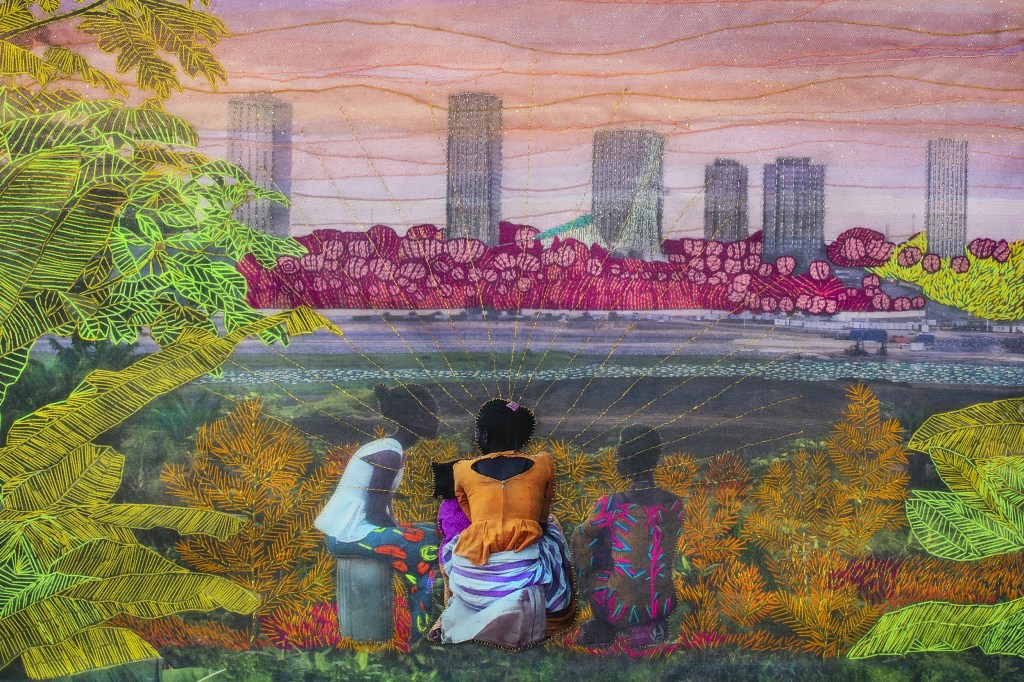
-
Taking a break for beauty
Virtual, 30-minute art breaks organized by the Harvard Art Museums are designed to help doctors briefly disengage from the pressures and stresses of their work in the age of coronavirus.
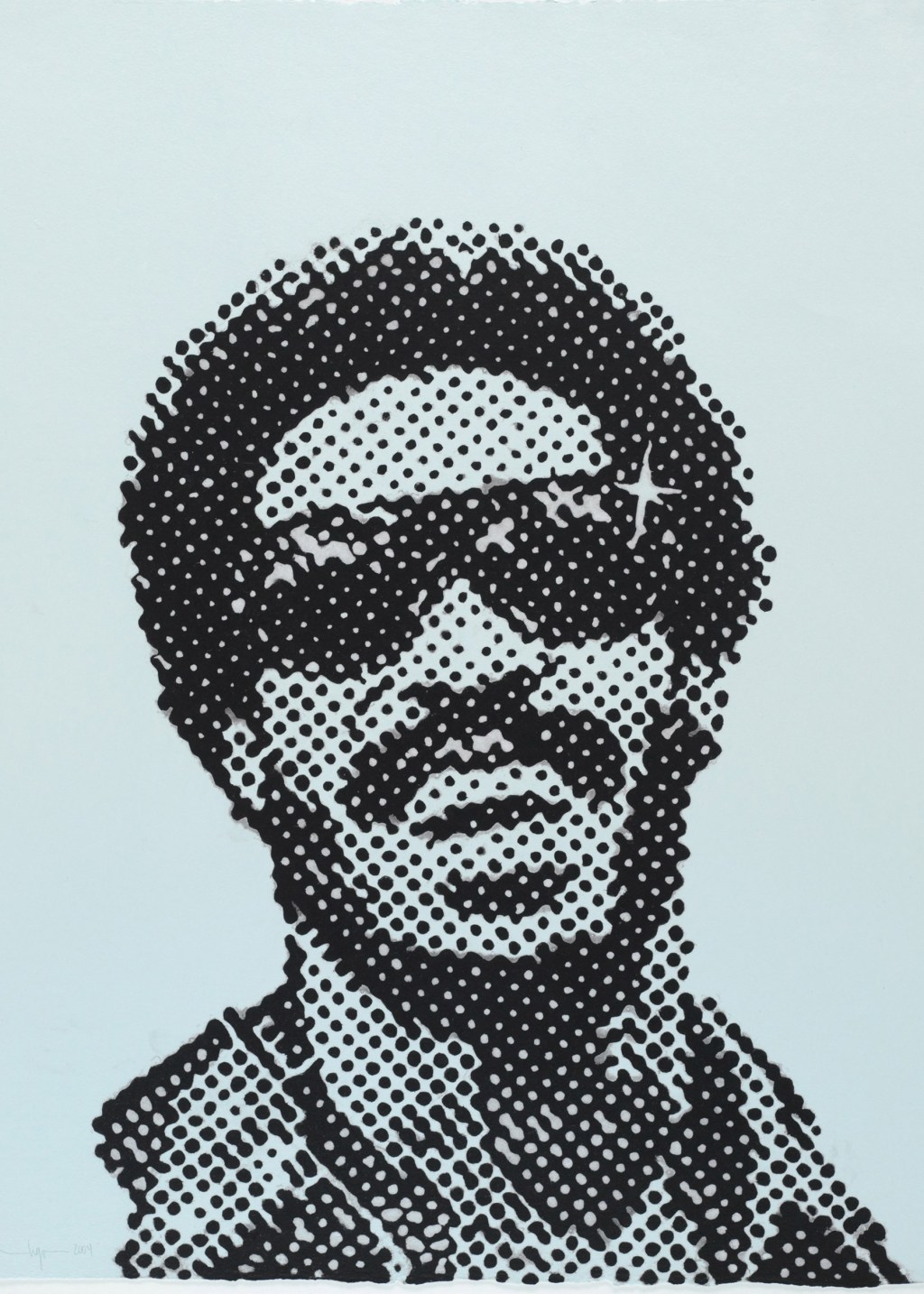
-
Leaving a mark on campus
The new art exhibition “Windows of Harvard” can be seen from the streets and sidewalks, or viewed online.
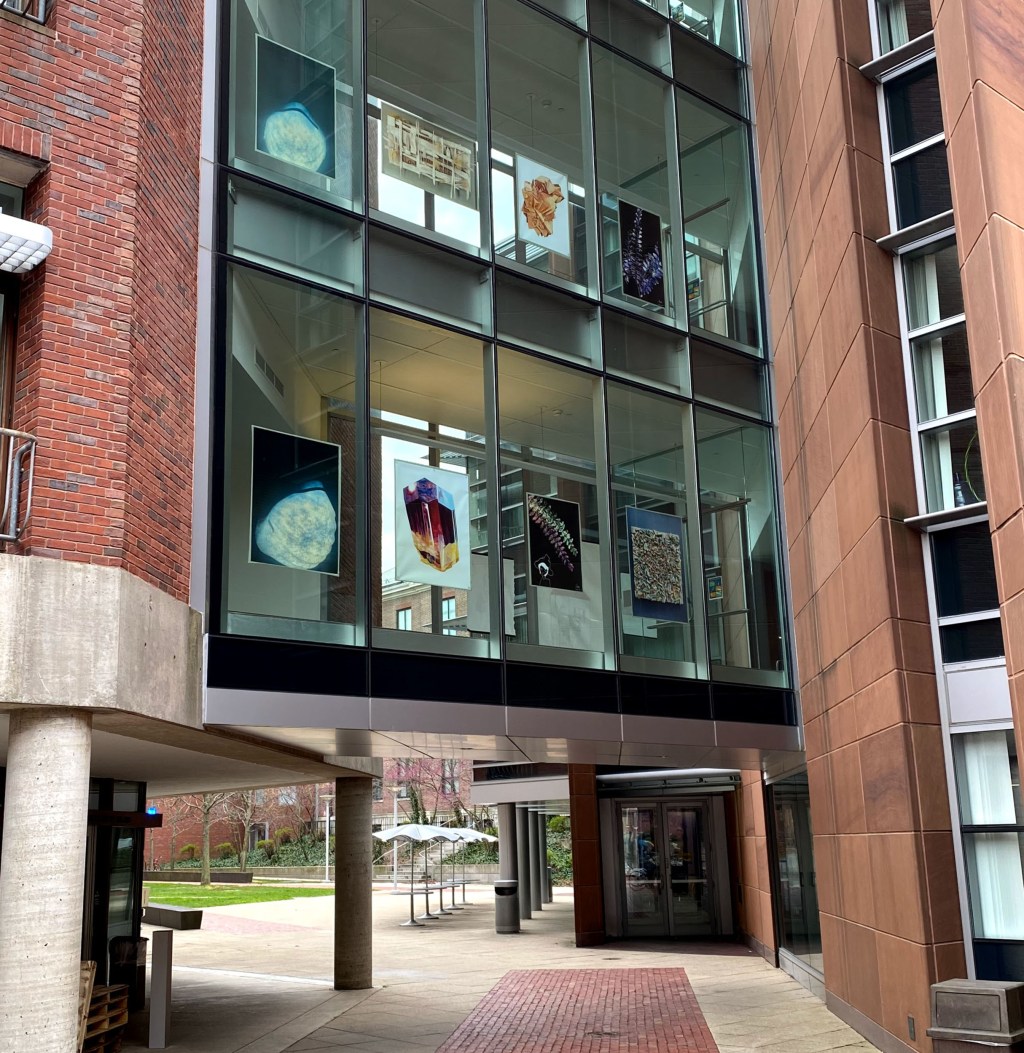
-
Why so many of us are watching films like ‘Outbreak’
A Harvard expert in ethics and public policy talks about what pop culture says about pandemics, and our reactions to them.
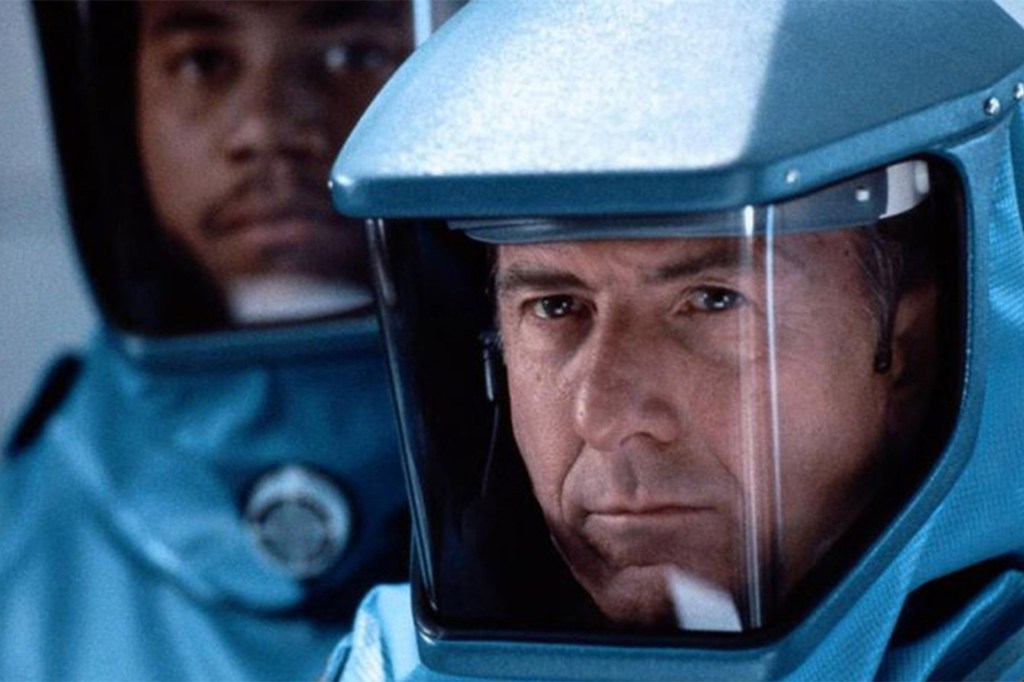
-
WHRB keeps classical connections
In the time of COVID-19, Harvard student radio station pays tribute to canceled concerts.

-
After America reopens, a healthy roadmap for theater
In collaboration with the Harvard T.H. Chan School of Public Health, the American Repertory Theater is working on how it and other theaters can re-emerge in the wake of the current health crisis, uniting the community through great art while keeping audiences, performers, and theater staffers safe. It’s called “The Roadmap to Recovery and Resilience for Theater.”
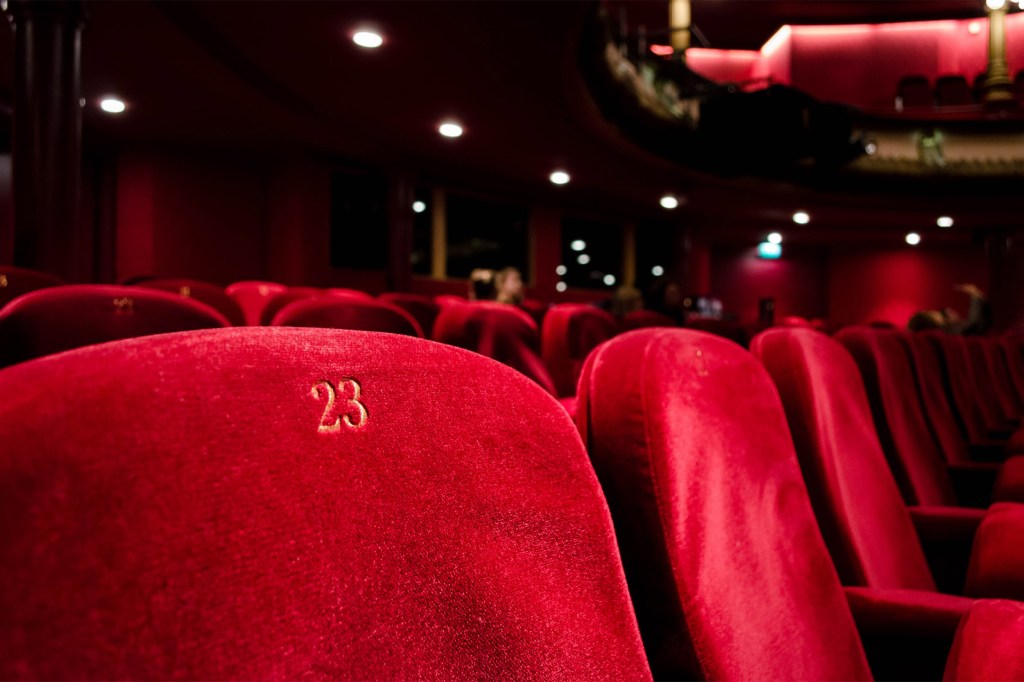
-
After America reopens, a healthy roadmap for theater
In collaboration with the Harvard T.H. Chan School of Public Health, the American Repertory Theater is working on how it and other theaters can re-emerge in the wake of the current health crisis, uniting the community through great art while keeping audiences, performers, and theater staffers safe. It’s called “The Roadmap to Recovery and Resilience for Theater.”

-
Spirituality, social justice, and climate change meet at the crossroads
Dan McKanan of Harvard Divinity School discusses the ways in which spirituality interacts with climate change and how religious organizations have ensured environmentalism includes social justice.

